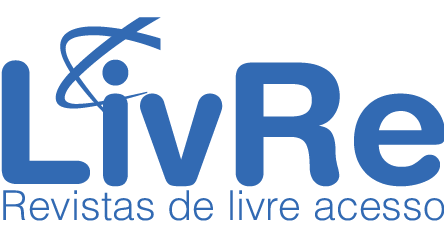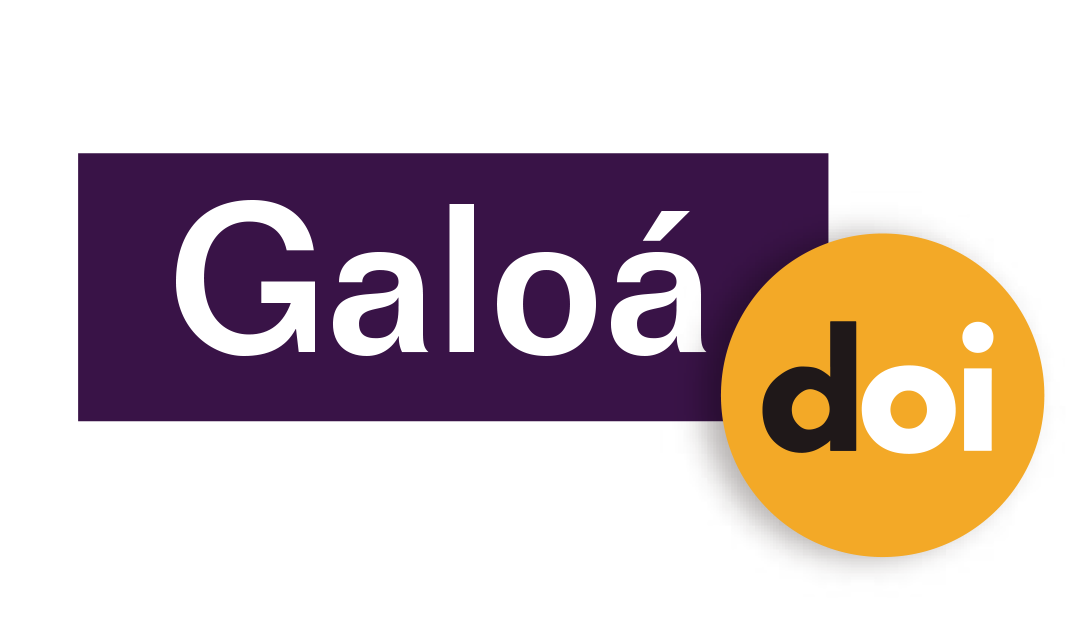Articulating the Blomhøj Modelling Cycle and the Mathematical Working Spaces. Analysis of a Task in Higher Education
Resumo
Background: The Mathematical Working Spaces (MWS) theoretical framework has developed a growing interest in how mathematical modelling is recognised, analysed, and articulated from its theoretical and empirical scopes. Given the articulations identified in the literature, it is interesting to determine whether new networks with the MWS provide powerful strategies for analysing mathematical modelling task resolution. Objective: to characterise the modelling activity from the network composed by the Blomhøj modelling cycle and the MWS in engineering students. Design: This work is a case study with a qualitative approach, which analyses the resolution of a modelling task through the proposed network. Setting and participants: The experimentation was carried out in an integral calculus course for a computer civil engineering career at a Chilean university. Modelling practices are not usual in this second-year subject, although enhancing their use in professional education is necessary. Data collection and analysis: We collected the written records of the students, selecting one to perform the in-depth analysis due to its high representativeness and clarity, as evidenced in the documents. Three steps were followed to characterise the modelling activity in the written record: description, analysis, and interpretation. Results: The Blomhøj modelling cycle might present connections with the MWS at the formulation of the problem and not only at the systematisation, which is a novelty in this field of research. Conclusions: A novel approach with which to develop the network between the MWS and modelling emerges, emphasising the investigation of mathematical problems using the student’s reality in higher education.
Palavras-chave
Mathematical Working Spaces (MWS); Blomhøj modelling cycle; MWS-modelling complementarity; modelling tasks
DOI: https://doi.org/10.17648/acta.scientiae.7135
Apontamentos
- Não há apontamentos.
Direitos autorais 2023 Paula Verdugo Hernández

Esta obra está licenciada sob uma licença Creative Commons Atribuição 4.0 Internacional.
ANÚNCIOS
Informamos que, a partir de outubro de 2024, a revista Acta Scientia volta a aceitar submissões de artigos para publicação.
Mais, informamos que sites fraudulentos, https://periodicos-ulbrabr.org e https://periodicos-ulbrabra.org, estiveram se passando pela Acta Scientiae, utilizando nosso nome e identidade visual e até solicitado taxas de APC, que nós não cobramos. Aconselhamos cautela para evitar serem enganados por sites semelhantes.
Conceito A2 na Capes(2021)
Índice h5 do Google Scholar: 13
Índice mediana h5 do Google Scholar:24
eISSN: 2178-7727
Indexações:
A Acta Scientiae é indexada em: | Scopus |  | Latindex |  | Edubase (SBU/UNICAMP) |
 | Sumarios.org |  | Google Scholar |  | Portal LivRe (CNEM) |
 | Journals for Free |  | REDIB |  | Galoá DOI |

Todos os trabalhos publicados aqui estão sob uma licença Creative Commons - Atribuição 4.0 Internacional.
